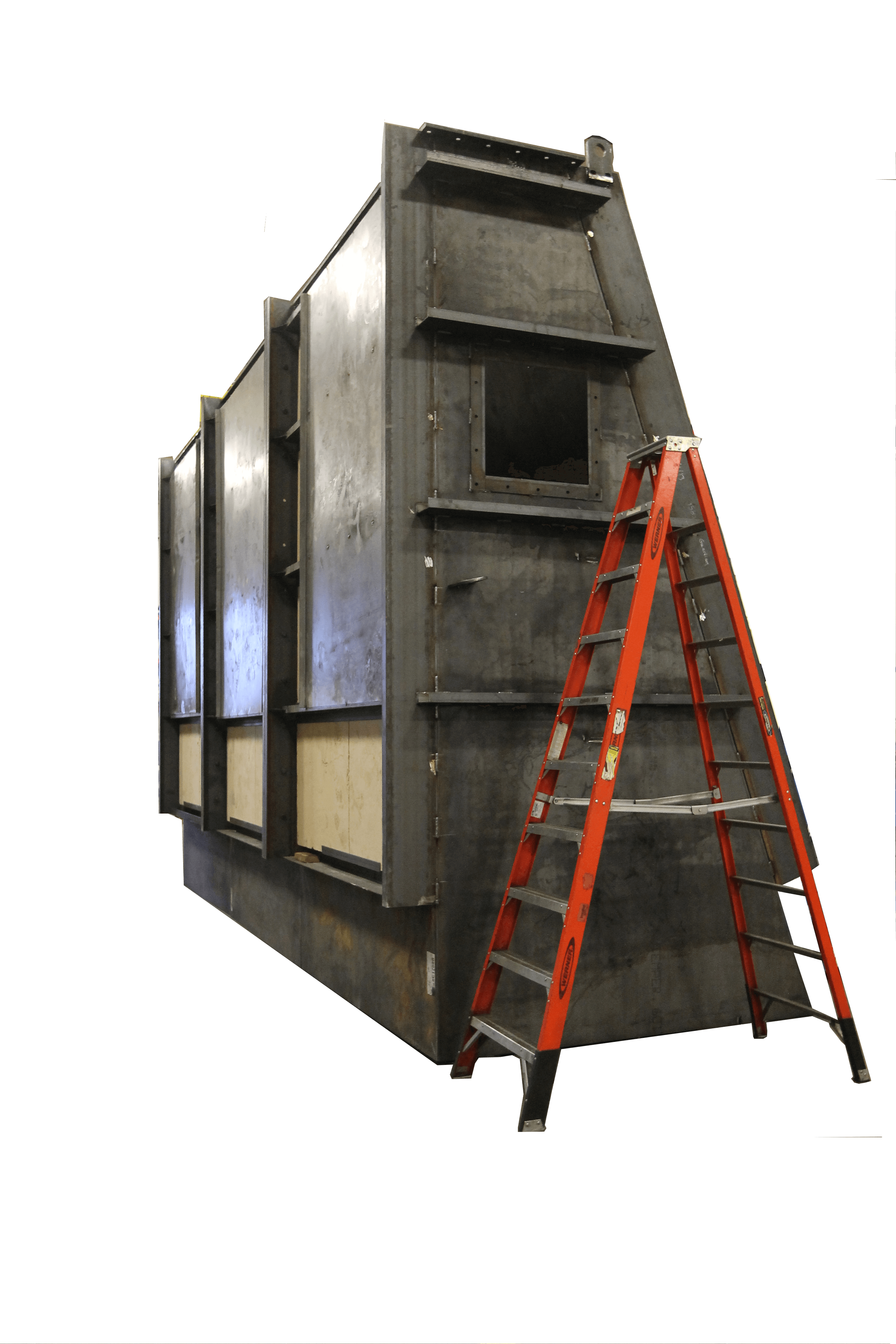 Falls from portable ladders are one of the leading causes of occupational fatalities and injuries. Ladders, when used effectively, make our jobs easier and when used improperly, potential hazards may arise; therefore, it is important to ensure that everyone is trained to recognize and avoid unsafe working conditions to minimize the risk of an incident/injury.
Falls from portable ladders are one of the leading causes of occupational fatalities and injuries. Ladders, when used effectively, make our jobs easier and when used improperly, potential hazards may arise; therefore, it is important to ensure that everyone is trained to recognize and avoid unsafe working conditions to minimize the risk of an incident/injury.
Below are some guidelines that will help you identify and minimize hazardous conditions when using portable/extension ladders.
Inspect your equipment
- Look the ladder over well before you start up. See anything wrong? Bent or missing rungs? Grease or heavy rust on rungs or rails?
- Is the ladder properly labeled with the company name and/or logo?
- Are all locks on an extension ladder properly engaged?
- Understand the limits of the equipment you are using
- Always select the correct ladder for the work being performed
- Follow the manufacturer’s instructions
- Do not exceed the maximum load rating of a ladder
- Be aware of your surroundings
- Use a ladder only on a stable and level surface, unless it has been secured (top or bottom) to prevent displacement
- Avoid electrical hazards, look for overhead power lines before handling a ladder
- Avoid using a metal ladder near power lines or exposed energized electrical equipment
Know your numbers
- A portable extension/leaning ladder shall be set up so the horizontal distance from the top support to the base is 1⁄4 of the vertical distance (1:4 ratio)
- The minimum distance for metal ladders around energized electrical lines is 20 feet
- Minimum distance for other than metal is 10 feet for up to 50kV and 0.4 inches per kV thereafter
- An extension or straight ladder used to access an elevated surface must extend at least 3 feet above the point of support
Body Positioning
- Always maintain a 3-point (two hands and a foot, or two feet and a hand) contact on the ladder when ascending and descending
- Always face the ladder when ascending/descending
- Maintain your balance and center of gravity by keeping your belt-buckle/belly button between the two uprights and/or side rails
- Do not use the top step/rung of a ladder
At Lee Contracting, we make safety our number one priority. We are continuously training our employees to recognize unsafe working conditions and to minimize risk and the potential for injury. Our commitment to safety and health is designed to prevent employee accident/injury while promoting a positive environment. When our company meets all of its safety goals, it translates to better service and reduced costs for all of our customers.


